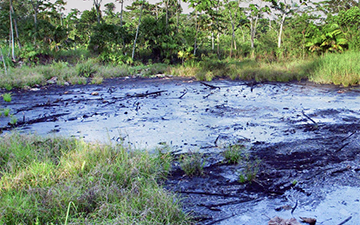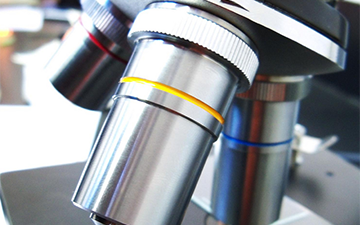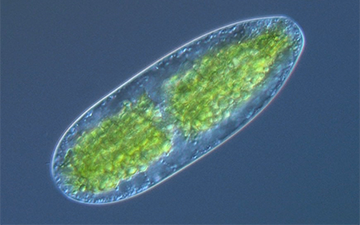Pond Biodiversity Deck (Beta)
2015 – (See Cards/Deck Info | Download | Purchase)…
This deck, hosted by the Keeling Lab at UBC, is a special microbial STARTER deck. It includes a variety of organisms that were found in a small riparian system outside the Beaty Biodiversity Museum in Vancouver, British Columbia. As such, it is a good representation of pond microbial biodiversity. Note the game is currently in beta as the scientific content is continually being vetted by experts. Note that the general game play is based on trophic connections that are all “black” in colour, and represented by the usual FOOD CHAIN numbers of 1 to 3. This game does not work with other PHYLO game systems.

Nebela
Nebela genus


7 POINTS
Play: Nebela has a MOVE of 1, and is considered an EUKARYTROPH
Fact: Nebela are often found living on mosses and humus rich soils. They can be as small as 30um but also reach up to sizes of 380um.

Water Pollution
Event card
Play: Place this card on any ocean or freshwater based SPECIES card.
Effect: The SPECIES card is IMMEDIATELY discarded.

Research Card
Event card
Play: You can play this card immediately after your opponent has played an EVENT card on one of your SPECIES cards.
Effect: Negates the effect of the EVENT card. Does not work on EVENT cards that are not played specifically on top of a SPECIES card.

Lepocinclis
Leponcinclis genus


2 POINTS
Play: Leponcinclis has a MOVE of 1, and is considered both a MIXOTROPH.
Fact: Leponcinclis is photosynthetic but can also feed off smaller pond organisms.

Netrium
Netrium genus


2 POINTS
Play: Netrium is considered an AUXOTROPH.
Fact: Netrium is an algae of the desmid family.

Nassula
Nassula species


4 POINTS
Play: Nassula has a MOVE of 1, and is considered a HETEROTROPH
Fact: Nassula possesses a basket like feeding apparatus which looks like a group of straight lines.